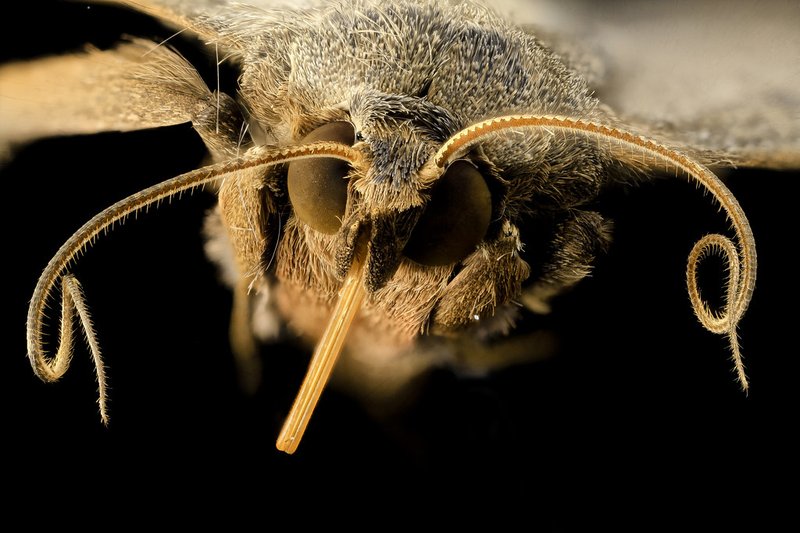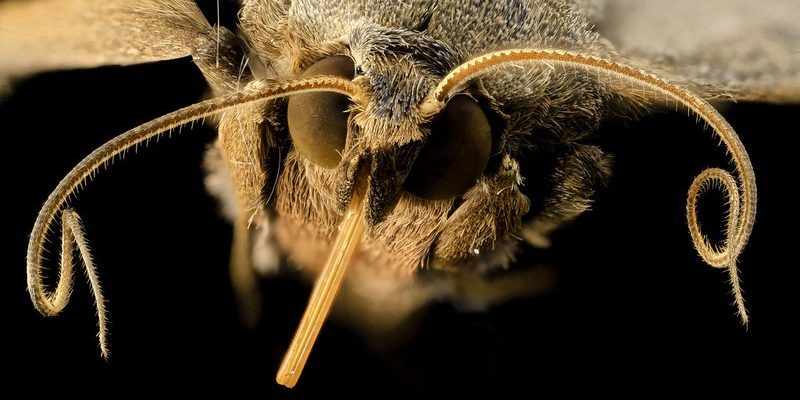
You could say that moths live in the shadows of their flashier cousins, the butterflies. But here’s the thing: moths are more than just nighttime pests. They’re an essential part of our ecosystem, with some really interesting behaviors and characteristics that often go unnoticed. In this article, we’ll shed light on some of the most common myths surrounding these creatures, helping you appreciate them a little more.
Myth 1: Moths are Just Pests
Many people view moths as nothing more than annoying bugs that invade their homes and devour their clothes. While it’s true some species can cause damage, that doesn’t define all moths. In fact, the majority of moth species are harmless and play important roles in our environment.
Consider the pollination aspect. Just like bees and butterflies, certain moths are excellent pollinators. They help plants reproduce, providing food for other wildlife in the process. This means that moths contribute significantly to the health of our ecosystems, even if it’s not something we think about often.
So, the next time you see a moth flitting around, remember: they’re not just pests. They’re vital players in the big game of life, often going unnoticed but always at work.
Myth 2: Moths Are Attracted to Light
It’s a well-known fact that moths seem to dance around outdoor lights at night, leading many to believe they’re simply drawn to light. But let’s break this down a bit. The truth is, moths are actually using the moon and stars to navigate. They maintain a consistent angle to these celestial sources while flying.
When artificial lights are introduced, it confuses them. Instead of moving in a straight line, they spiral toward the light. This can be problematic, especially if they end up getting trapped. So, while it looks like they’re drawn to light, they’re actually just trying to find their way home. Isn’t that a fascinating twist?
Myth 3: All Moths are Nocturnal
It’s easy to think of moths as strictly nighttime creatures since we usually see them fluttering around after dark. However, this isn’t entirely accurate. While many moths are indeed nocturnal, some are active during the day, too!
Take the hummingbird moth, for instance. These guys have similar flight patterns to hummingbirds and are often spotted buzzing around flowers during daylight. They play a crucial role in our gardens and ecosystems just like their nighttime cousins.
By understanding that not all moths are night owls, we can begin to see the diversity within this group of insects—something that’s often overlooked.
Myth 4: Moths Only Eat Clothes
The image of moths munching on sweaters or nibbling at silk has created the misconception that they’re mainly fabric-eaters. In reality, not all moths are interested in your wardrobe. While the clothes moth larvae can indeed cause damage, many adult moths prefer flower nectar or other sources of nutrition.
Think about it: plants and flowers are where moths get their energy for those nighttime flights. Basically, a good portion of moths are thriving on an entirely different menu, leaving your clothes alone. So don’t panic if you spot a moth! It might not even be interested in your favorite cardigan.
Myth 5: Moths Are Dangerous to Humans
Some people believe that having moths in the house is a health risk, fearing that they might bring diseases or cause harm. The reality? Moths pose no direct threat to humans. They don’t bite, sting, or transmit diseases.
That said, the fear of moths can lead to unnecessary panic. It’s more likely that a moth’s presence is simply a sign of a healthy environment. After all, they’re part of the food chain, providing sustenance for birds, bats, and other wildlife. Understanding that moths are harmless can help reduce unnecessary fears and promote a more balanced view of these creatures.
Myth 6: All Moths are Dull-Colored
When we think of insects, especially ones that are considered “pests,” we often picture dull or drab colors. Moths tend to get pigeonholed into this stereotype, but it’s simply not true. While many species do have earthy, muted tones that help them blend into their surroundings, there are also vibrant moths with stunning patterns and colors.
The Luna moth, for example, is bright green with elegant tails on its wings. Meanwhile, the Cecropia moth features bold patterns with reds, browns, and yellows. These striking colors serve various purposes, from attracting mates to warding off predators. So, if you think all moths look like faded wallpaper, it’s time to take a second look!
Myth 7: Moths Are Just Ugly Butterflies
It’s easy to fall into the trap of comparing moths to butterflies. Both belong to the order Lepidoptera, but they possess distinct differences that set them apart. Moths and butterflies have different wing structures, feeding habits, and even behaviors.
Butterflies often rest with their wings closed, while moths tend to spread theirs out flat when at rest. Furthermore, moths typically have a more robust, fuzzy body compared to the sleek and slender bodies of butterflies. Embracing these differences can help us appreciate both groups for what they are rather than seeing one as an inferior version of the other.
In Conclusion
Moths are often misunderstood, falling victim to myths and misconceptions that don’t tell the whole story. By debunking these myths, we’re reminded of the rich diversity and importance of these creatures in our ecosystems. They’re not just pests or drab insects; they’re pollinators, navigators, and, yes, even beautiful in their own right.
So, the next time you see a moth, take a moment to appreciate its role in nature. From their unique behaviors to their contributions to pollination, they truly deserve a little more love and understanding. Let’s give these fascinating creatures a chance to shine in their own right.

